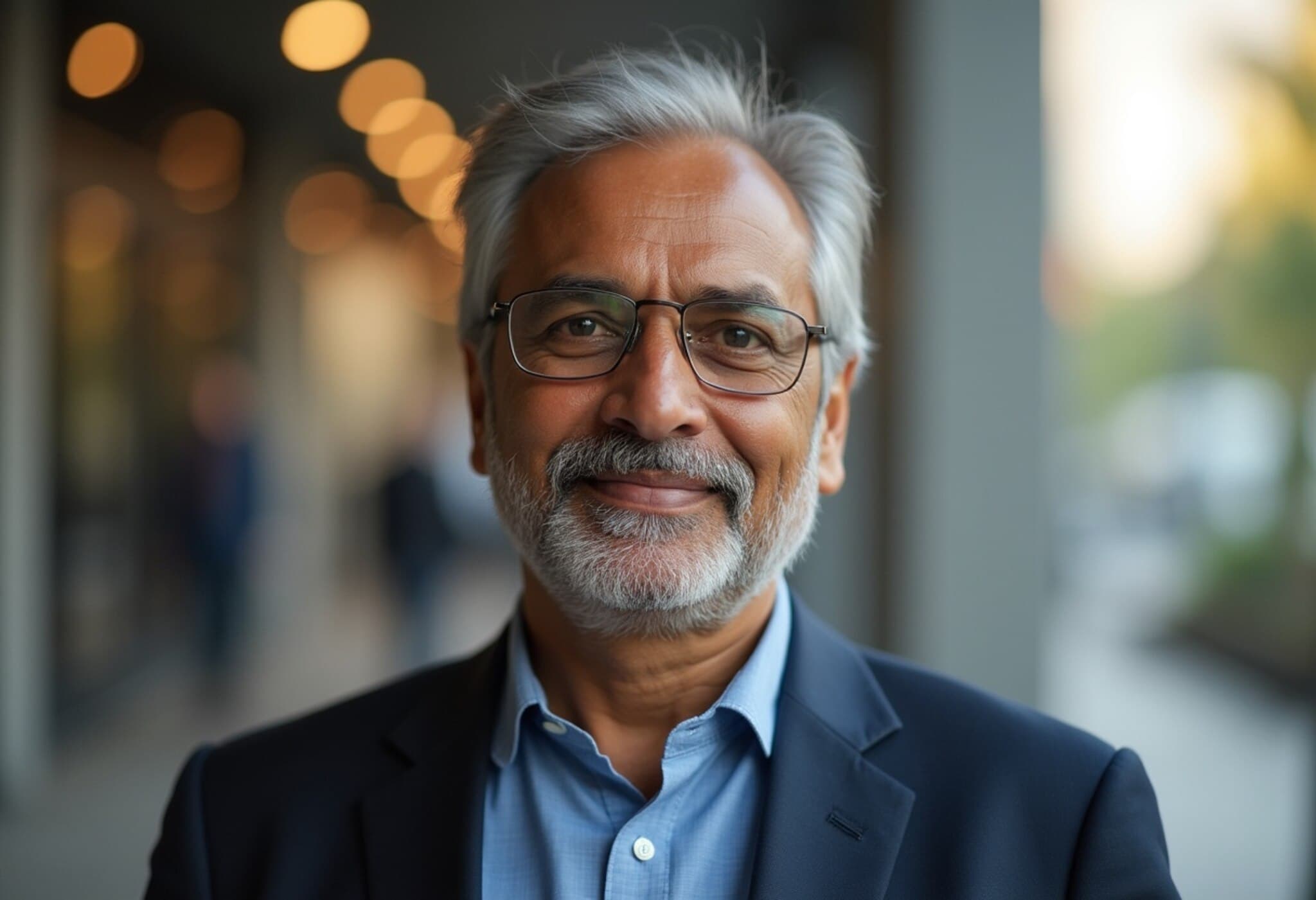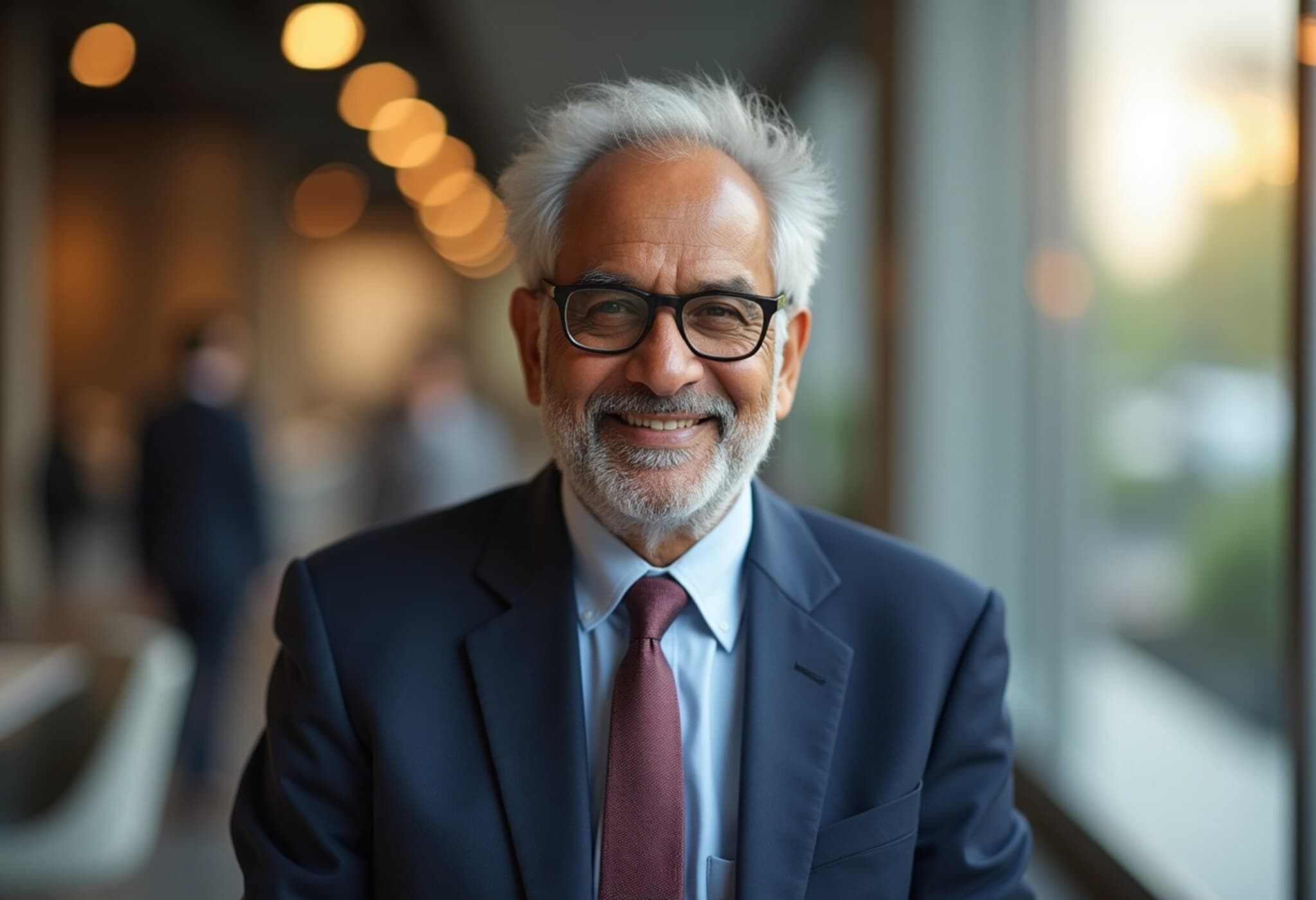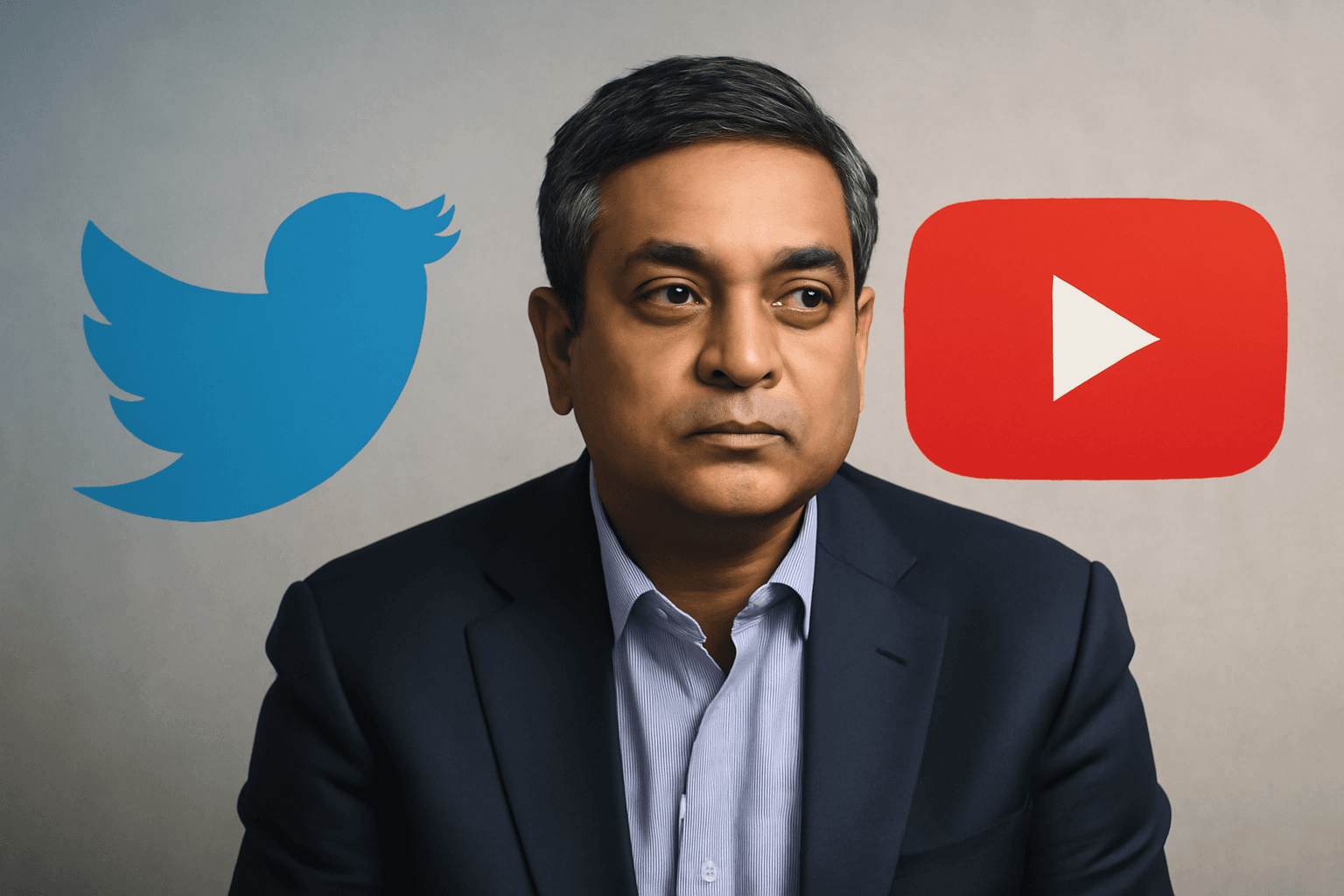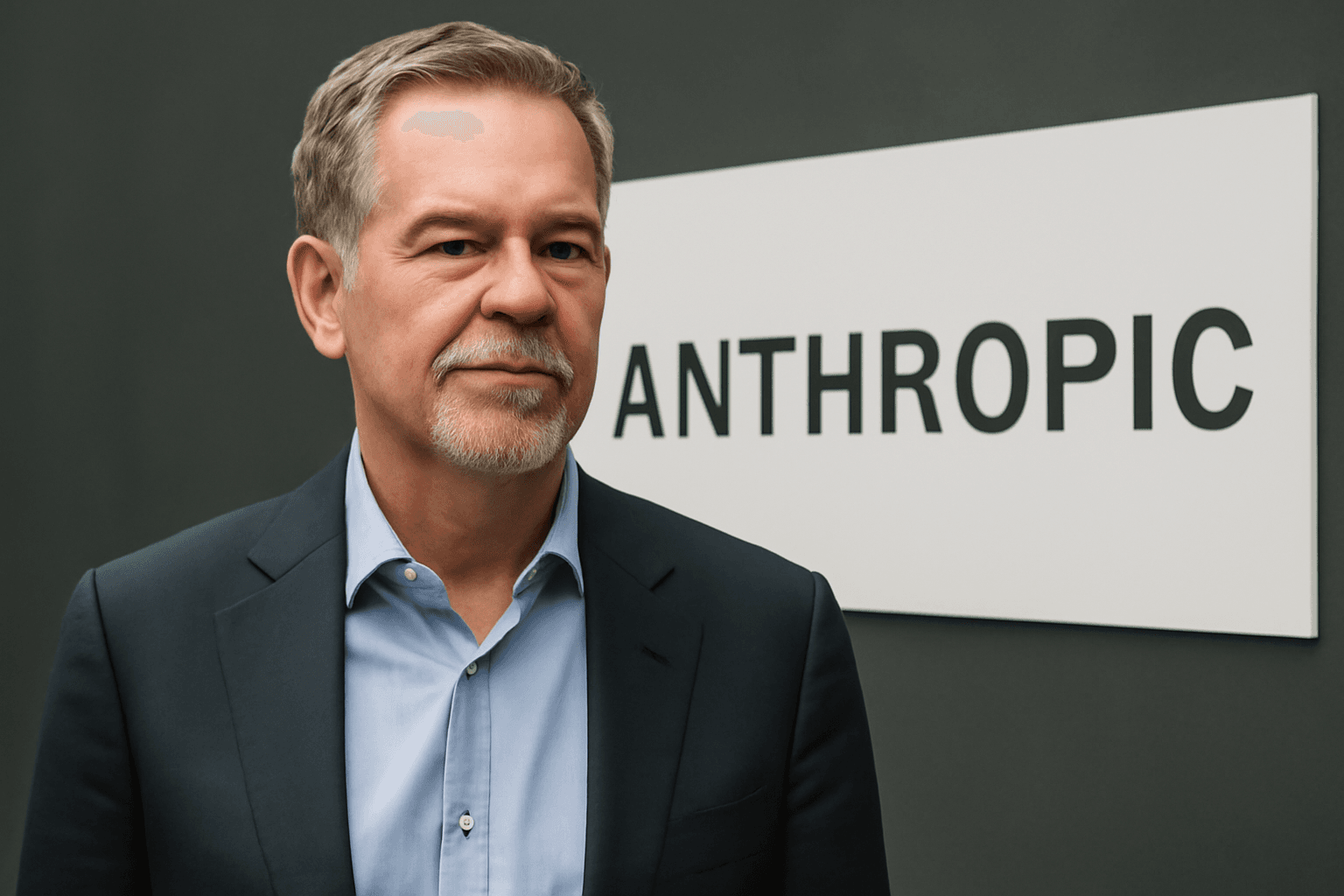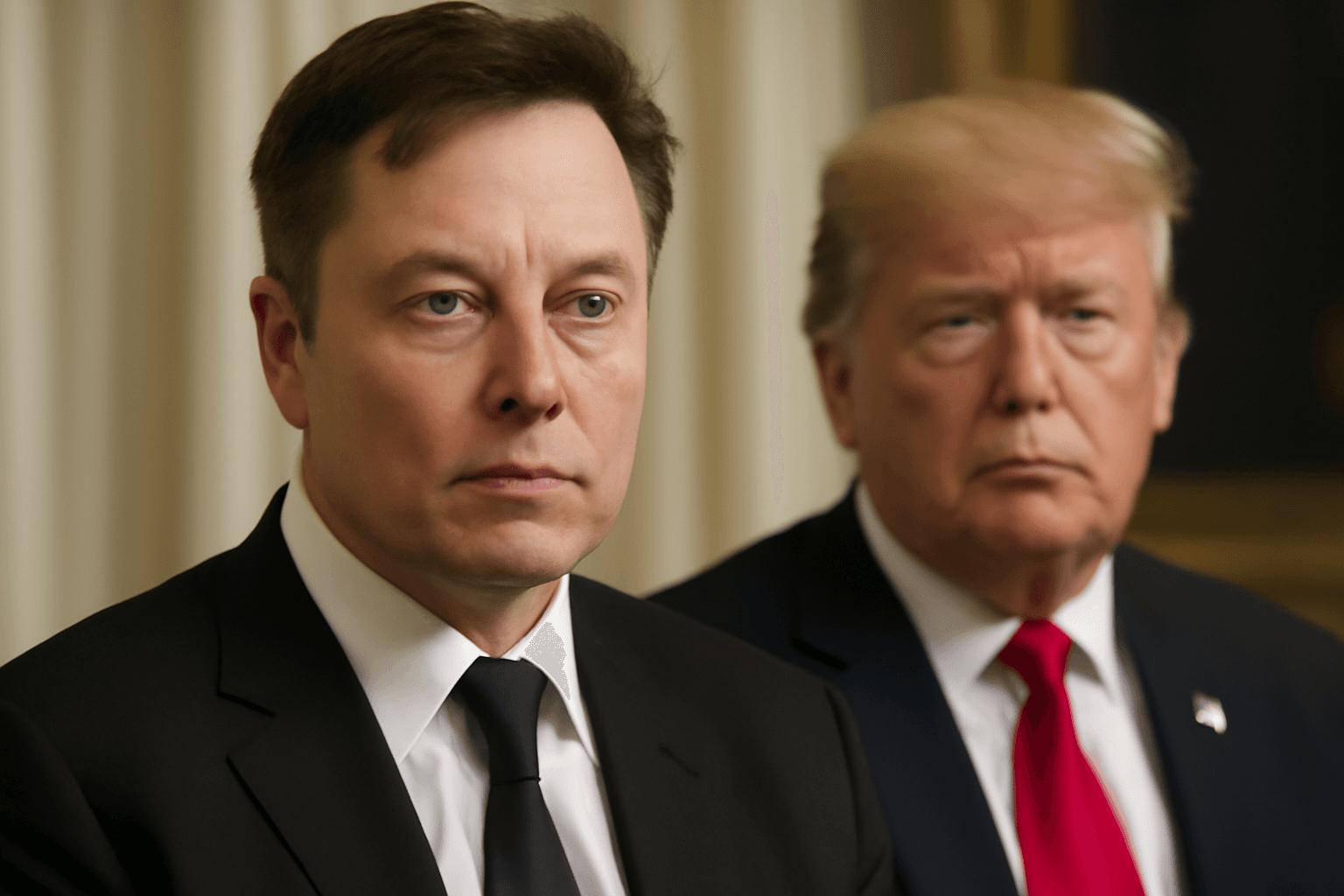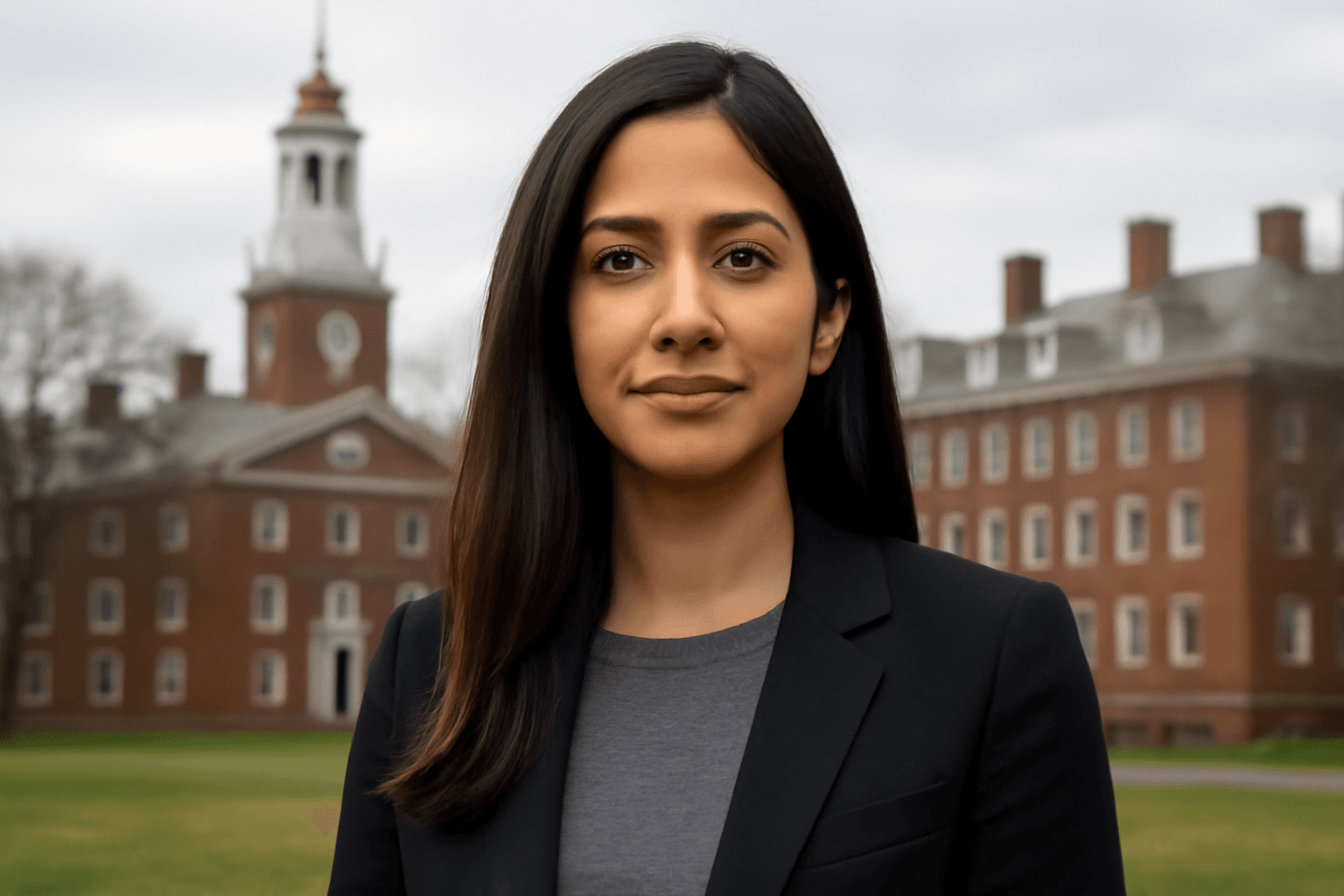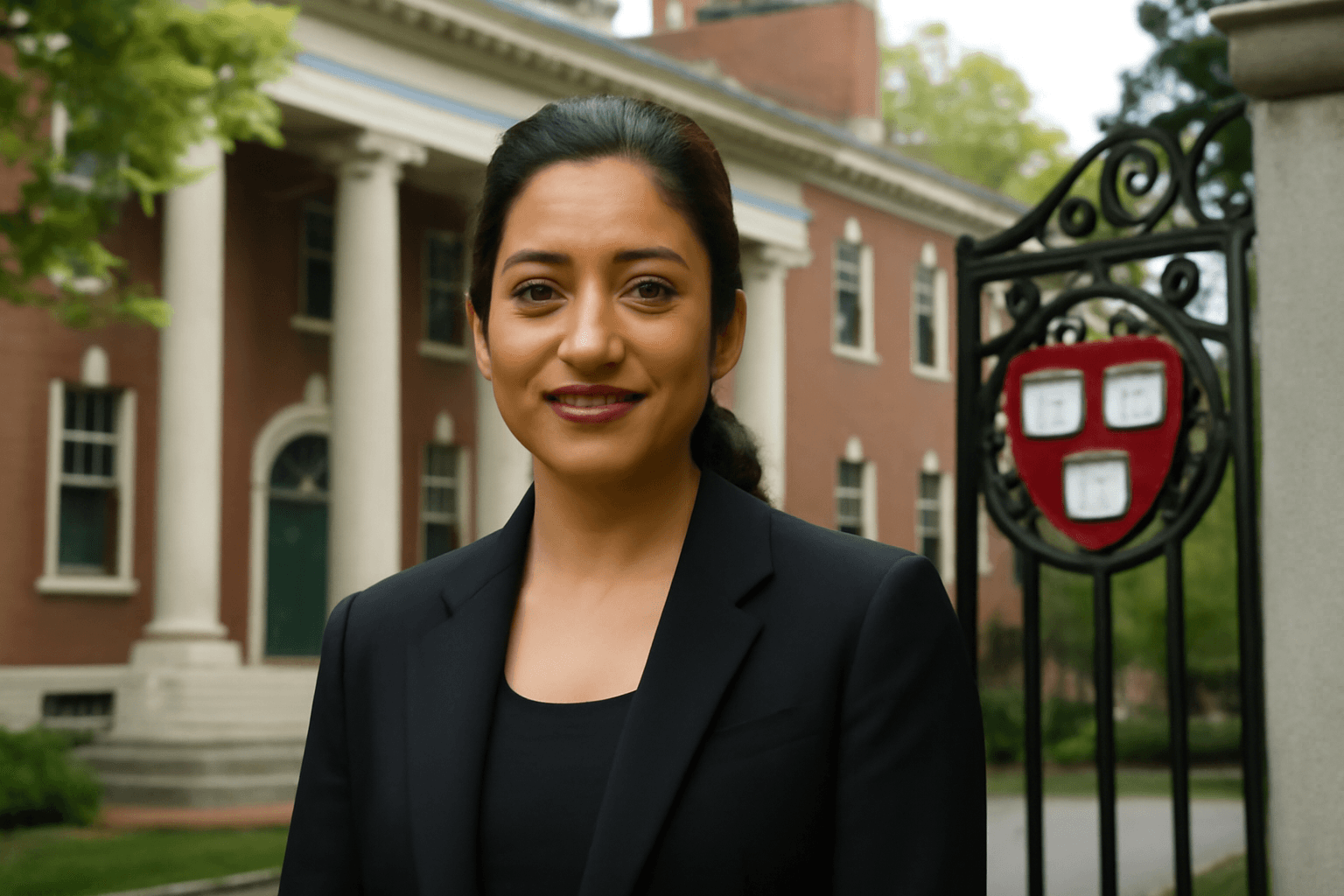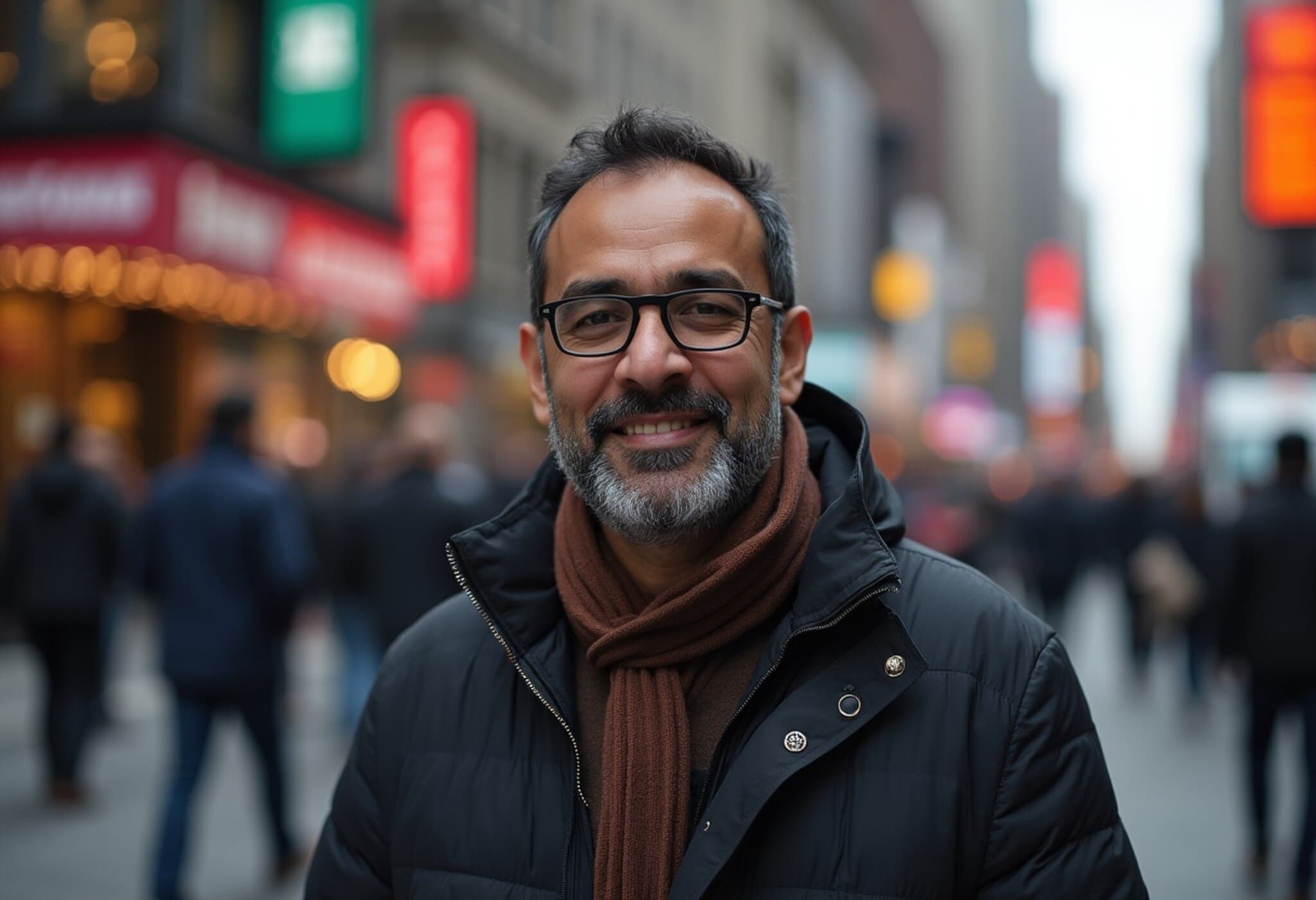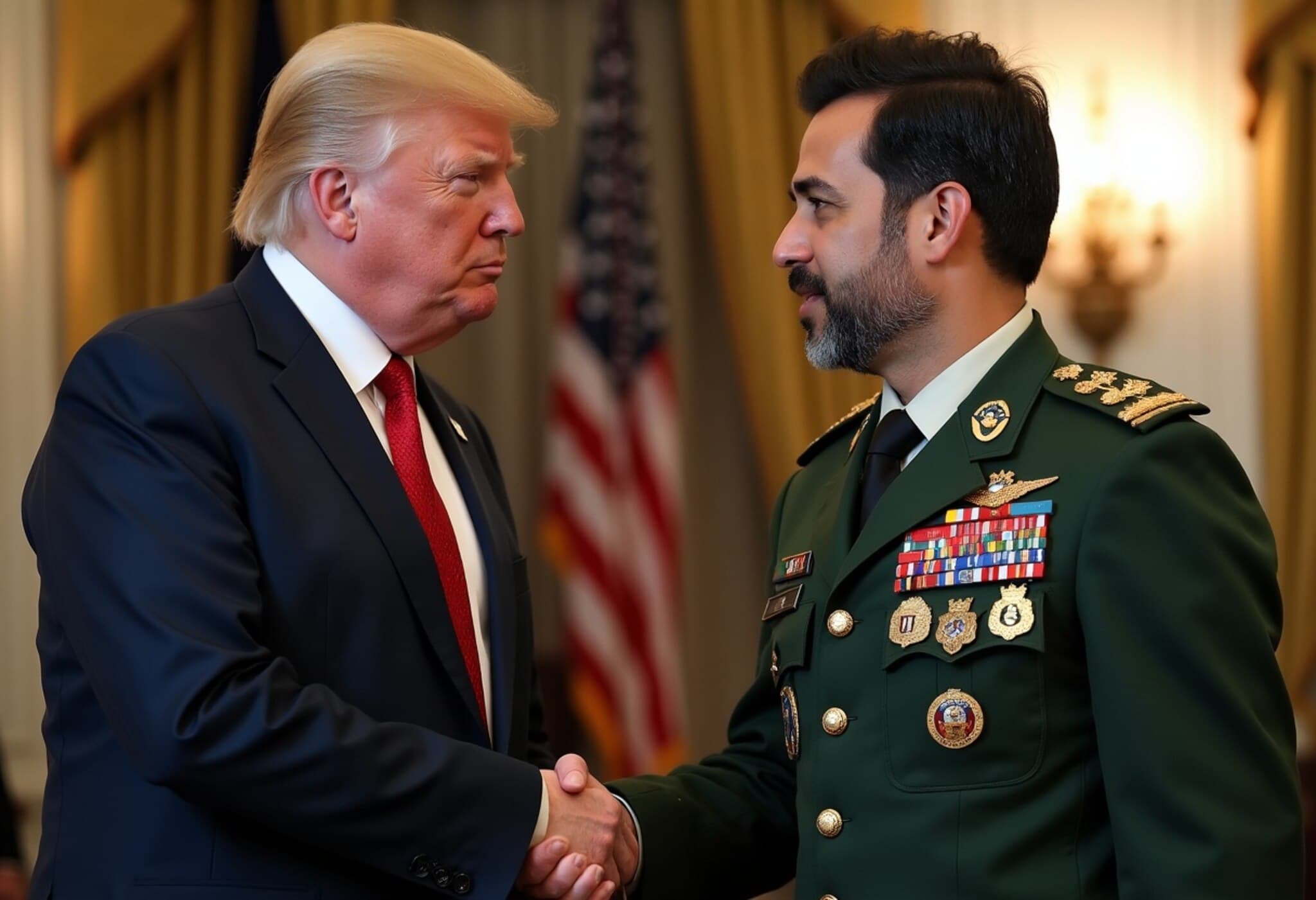Anantha Chandrakasan Steps into Prestigious Role as MIT Provost
Starting July 1, Anantha Chandrakasan will officially assume the role of provost at the Massachusetts Institute of Technology (MIT), marking a historic milestone as the first Indian-American to hold this influential academic position.
A Storied Career at MIT
Born in Chennai, India, Chandrakasan has built a formidable career at MIT. Previously serving as the Dean of Engineering since 2017 and most recently the institute's inaugural Chief Innovation and Strategy Officer, he has been a driving force behind several cutting-edge initiatives. He also led the Department of Electrical Engineering and Computer Science, MIT’s largest academic department, for six years.
Mandate and Vision as Provost
As MIT’s chief academic and budget officer, Chandrakasan will oversee a broad portfolio covering faculty affairs, academic planning, and strategic resource management. He articulated his commitment to facilitate groundbreaking contributions from faculty, students, postdoctoral researchers, and staff alike.
"I am deeply honoured to serve as provost and look forward to enabling the MIT community to continue pushing the frontiers of knowledge and innovation," Chandrakasan stated.
Key Priorities
- Understanding and addressing the unique needs of individual schools and research units.
- Strategic financial planning that aligns resources with institutional priorities.
- Attracting and retaining top-tier talent from across the globe.
- Fostering interdisciplinary research, education, and entrepreneurship.
Challenges on the Horizon
MIT President Sally Kornbluth highlighted the significance of Chandrakasan’s appointment during a particularly challenging time for the university. With federal funding uncertainties and evolving global dynamics, securing MIT’s future vitality demands agility, innovation, and a deep understanding of academic and research ecosystems.
“Anantha’s entrepreneurial spirit, extensive experience, and proven ability to engage diverse stakeholders will be invaluable as MIT navigates this complex landscape,” Kornbluth noted.
Innovation Beyond STEM
Chandrakasan envisions a future where MIT continues to lead in fields like AI, semiconductors, quantum computing, biomanufacturing, and biosecurity. Yet, he emphasizes that innovation requires more than technical expertise.
“We must cultivate students who grasp human insights alongside technical skills—that’s why collaboration between STEM and the humanities, arts, and social sciences is crucial,” he explained, citing initiatives like the MIT Human Insights Collaborative as pivotal to this integrative vision.
Building a Collaborative Community
To effectively guide MIT’s academic enterprise, Chandrakasan plans to establish advisory groups comprising faculty across all schools, as well as representatives from student and postdoctoral communities, and external experts. This approach aims to foster inclusive dialogue and responsive strategic planning.
Background and Academic Credentials
Chandrakasan earned his BS, MS, and PhD in electrical engineering and computer sciences from the University of California, Berkeley. Since joining MIT’s faculty, he has held leadership roles such as directing the Microsystems Technology Laboratories from 2006 to 2011 before heading the EECS department.
International Recognition and Support
The Consulate General of India in New York extended congratulations to Chandrakasan on his appointment, highlighting his ongoing advocacy for India-US collaboration in technology and research development. These strong diplomatic ties underscore the global impact of his leadership.
Looking Ahead
As MIT embarks on this new chapter under Chandrakasan’s stewardship, the institute hopes to sustain its reputation as a global hub for academic excellence and innovation, nurturing talent capable of addressing the world’s most pressing challenges.

